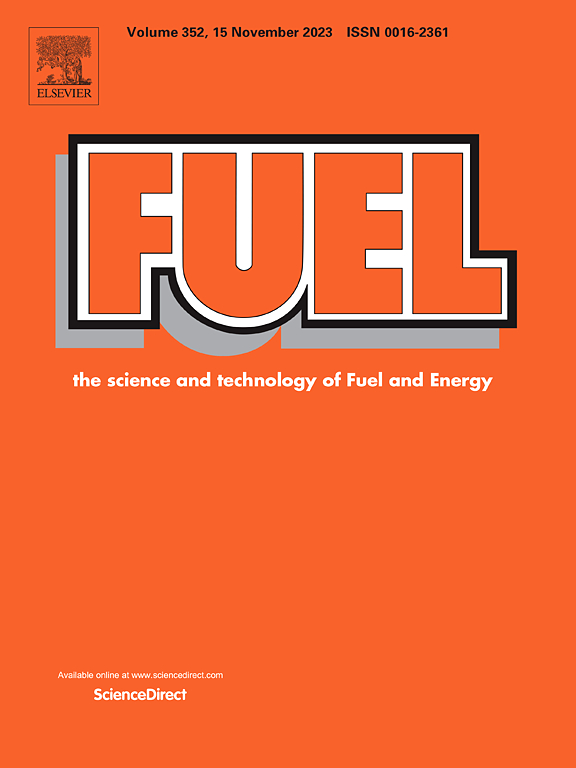Core-scale modelling of cyclic creep deformation caused by cyclic CO2 injection and storage in unconventional reservoirs
IF 6.7
1区 工程技术
Q2 ENERGY & FUELS
引用次数: 0
Abstract
Cyclic CO2 injection, followed by soaking and production—commonly referred to as “Huff-n-Puff” (HnP)—can be used to enhance oil recovery, while mitigating greenhouse gas emissions, from unconventional reservoirs. The cyclic loading and unloading stresses associated with HnP induces cyclic creep deformation in the reservoir. This study aims to investigate the impact of cyclic creep deformation on CO2 storage and enhanced oil recovery (EOR) under varying geomechanical conditions. Intact and fractured core plugs from the Canadian Montney Formation were subjected to single-phase gas flow (gas permeability) measurements under multiple cycles of loading and unloading stresses, with rock and flow properties (e.g., permeability, porosity) determined for each cycle. The experimental data informed hydromechanical models incorporating various deformation scenarios (rigid, elastic, weakly elastic, and cyclic creep) and coupled with multiphase, multicomponent flow and transport models. Results reveal that cyclic creep deformation diminishes CO2-EOR potential by reducing permeability and porosity with each successive cycle, with fractures exhibiting greater reductions compared to the matrix. Accumulated creep deformation results in slower pressure buildup during CO2 injection and a slower depletion rate during oil production. Consequently, CO2 storage is reduced by 18% and 30%, and oil recovery decreases by 5% and 20% in the matrix (pore) and fracture domains, respectively, relative to models without creep deformation. Additionally, free and dissolved CO2 storage volumes increase with each cycle, with fractures enabling significantly higher dissolved CO2 storage (21%) compared to matrix-only storage (6%). A progressive reduction in diffusive CO2 flow across cycles further highlights a transition from diffusion-dominated to convection-dominated flow due to increased effective stress. This study is the first to incorporate cyclic creep deformation into HnP models, demonstrating its critical role in influencing CO2 storage capacity and EOR performance. Ignoring cyclic creep deformation effects can lead to overestimation of CO2 storage capacity and oil recovery, emphasising the importance of accounting for these effects in the design of optimal HnP schemes for oil recovery and sustainable carbon management strategies.

求助全文
约1分钟内获得全文
求助全文
来源期刊

Fuel
工程技术-工程:化工
CiteScore
12.80
自引率
20.30%
发文量
3506
审稿时长
64 days
期刊介绍:
The exploration of energy sources remains a critical matter of study. For the past nine decades, fuel has consistently held the forefront in primary research efforts within the field of energy science. This area of investigation encompasses a wide range of subjects, with a particular emphasis on emerging concerns like environmental factors and pollution.
 求助内容:
求助内容: 应助结果提醒方式:
应助结果提醒方式:


